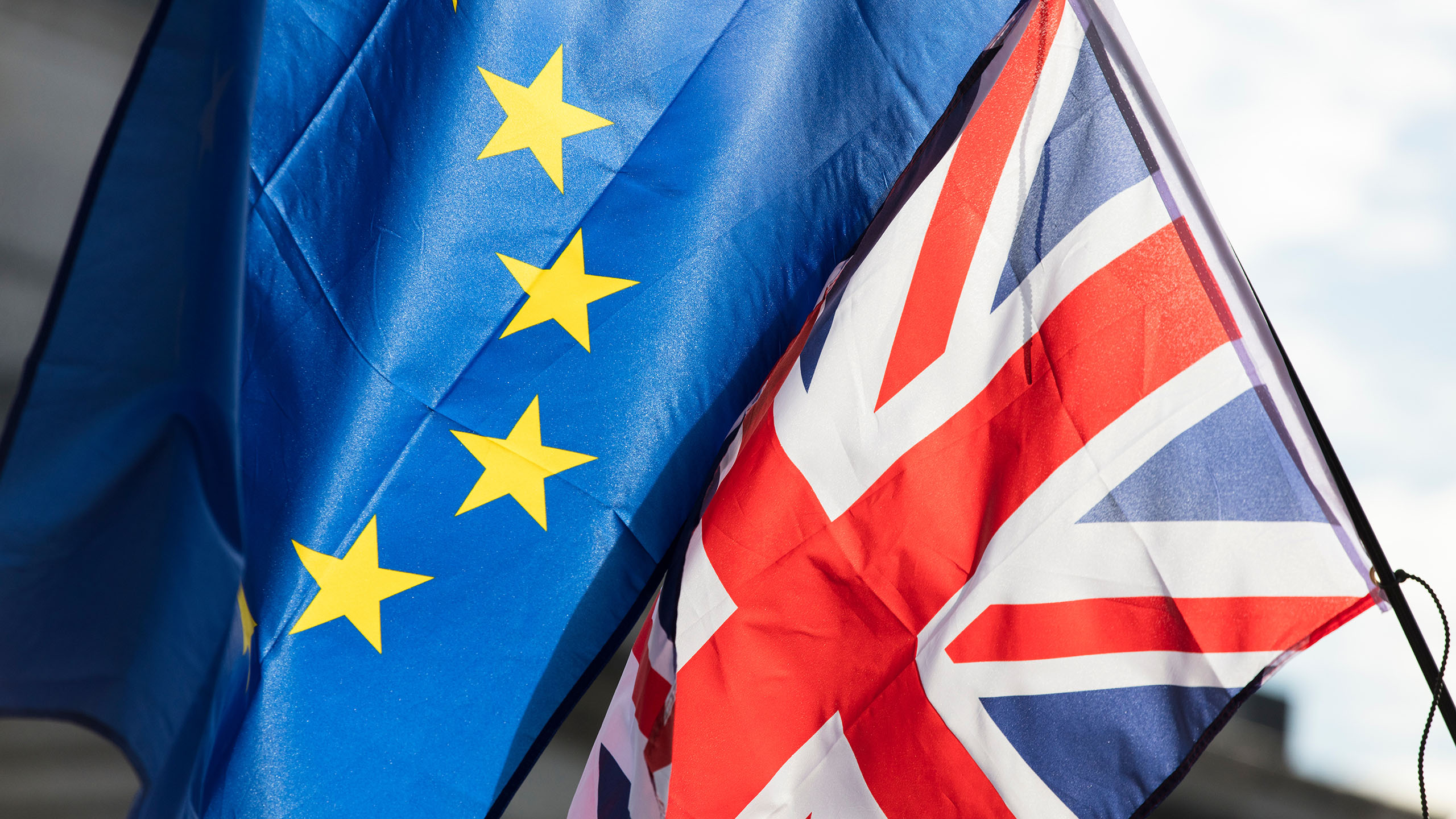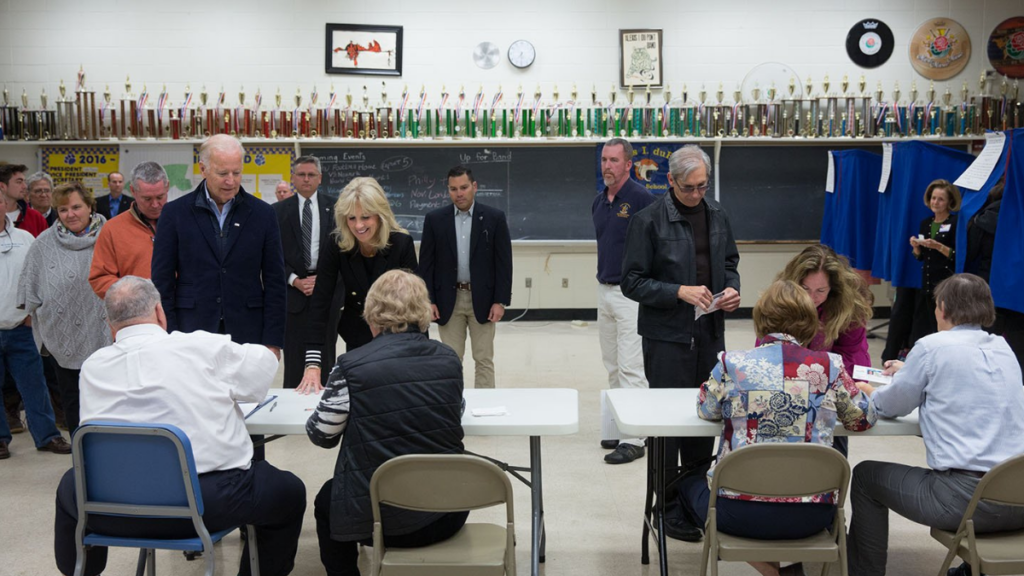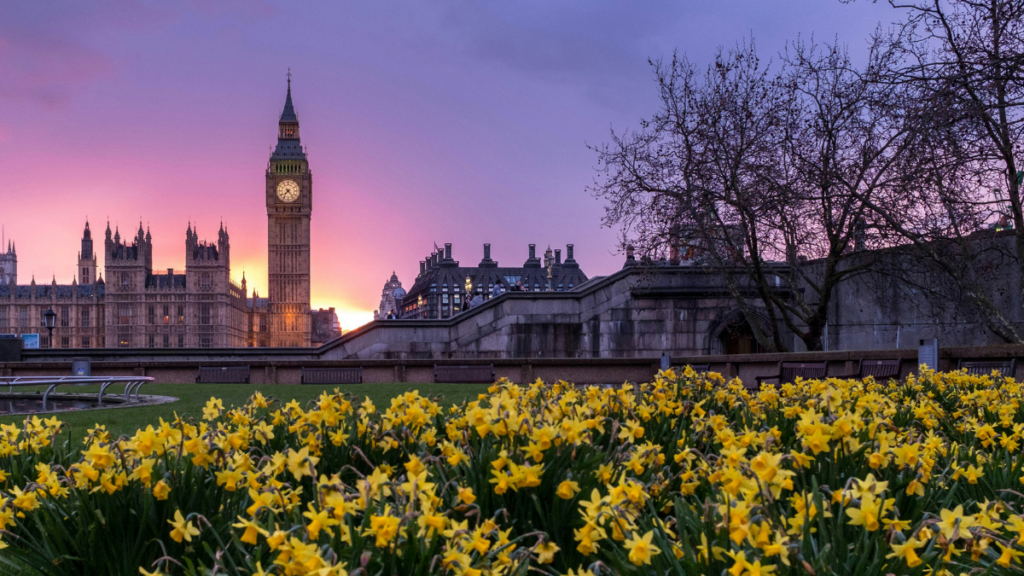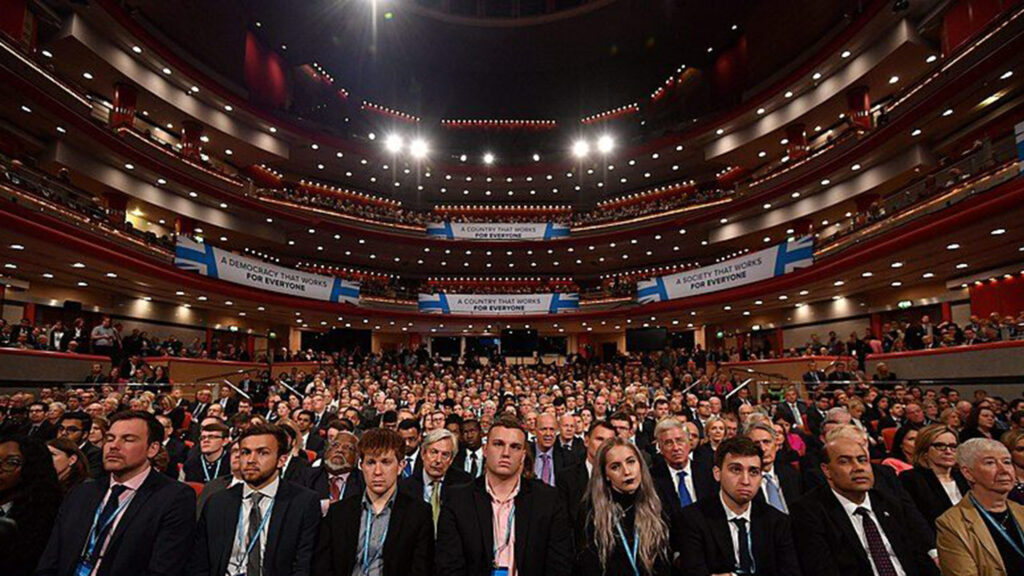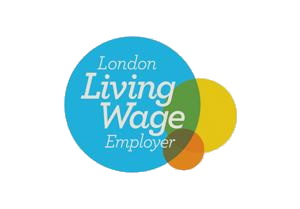It is hard to remember another contest in Britain’s past that had been so open. There were no safe seats, no obvious regional blocks of support, no places that could be taken for granted, no matter what the polling showed beforehand.
It was a hard fought campaign, on unfamiliar ground, and with no clear lines of engagement – but, nevertheless, the 2016 Brexit referendum vote was held, and it was decisive.
The UK votes to Remain
Decisive though it was, it was close-run. England had voted to Leave, but there were no obvious geographical patterns: Birmingham, Sheffield and Nottingham voted to Leave, but by a margin so small that recounts were held – twice in Sheffield. London, predictably, voted to Remain, by a wide margin. It was in the countryside that the Leave vote was not delivered: months of campaign fatigue, exacerbated by frequent voting, saw turnout well below the average, and while rural constituencies overwhelmingly voted to Leave, they simply did not turn out in enough numbers to tip the balance. Many leading figures of the Leave campaign would go on to comment that a lack of faith in the system meant pro-Brexit voters stayed home; but there was no real way of knowing.
Prime Minister David Cameron delivered a speech at 9:30am that morning, calling for unity and a renewed sense of commitment to the European Union – but with a warning to Brussels that the narrow margin demanded reform. Not long after, UKIP leader Nigel Farage gave a speech in Birmingham – declaring his intention to “marshall the troops” and continue the campaign he had spent his life leading.
Commentators quickly drew comparisons with Enoch Powell over the choice of location but, rather than risk upsetting the large swathes of rural England that had voted to Leave, Cameron and his Conservatives simply ignored Farage. By the time of the 2019 European Parliament vote, UKIP’s momentum had stalled; still the largest British party in the European Parliament, their declining vote share led many to conclude that a new movement was needed to replace Farage’s failing project.
As the unity behind UKIP as the vehicle for Brexit dissipated, a series of smaller groups sprung up, though no longer seeking to win via the electoral route. Most notably, a new think tank, Reform Britain was launched and, with many of the now-famous European Research Group members sitting on its advisory board, sought to address the structural problems that had, in their mind, created the divisions that nearly tore Britain out of the EU.
Tory civil war
Meanwhile, over the two years following the referendum, the defining feature of the “Cameron years” – austerity – was deepened and furthered. Government spending per school pupil was frozen, army personnel were held at 82,000 – but equipment funding fell – and greater outsourcing of public services was undertaken.
Whilst NHS spending rose in line with the 2015 manifesto commitment of a further £8bn a year, this did not keep pace with inflation, and eventually the incompatibility of refusing to raise National Insurance with lengthening wait times, the inability to retain sufficient numbers of staff, and the introduction of 7-day-a-week NHS access meant that, by the end of the decade, discussions of the looming NHS crisis dominated the headlines.
By the beginning of 2019, those Conservative MPs associated with Reform Britain began publicly calling for the resignation of David Cameron, with one-time Brexit star Boris Johnson among them, now Foreign Secretary following Cameron’s “unity reshuffle” in September 2016. Claiming that the Cameron years had seen the emergence of unacceptable geographic inequality, Johnson and his allies blamed austerity for the “left behind” regions of the Midlands and rural North voting “in protest” to leave the EU. In doing so, Johnson carefully positioned himself as a “sceptical Europhile”, accepting Britain’s place in the EU but subsequently directing the frustration that underpinned the Brexit vote against the “crony Toryism” of Cameron and, increasingly, George Osborne, his long-serving Chancellor.
A bitter Tory civil war erupted in early 2019, as Johnson resigned – though many believe he jumped before he was pushed – and as many as 35 Conservative MPs signed a letter calling for Cameron’s resignation. But the timing was precipitous; Cameron, in a move that many attributed to his pre-2015 election commitment to not pursue a third term as Prime Minister, announced his resignation on 24th May 2019, standing down by the beginning of July. His speech on the steps of Downing Street emphasised a legacy of careful economic management, constitutional sensibility, and delivering for working class Britons. He urged his successor – “whoever she or he may be” – to continue the commitment to reforming the EU and bringing the country together.
Johnson vs May vs Osborne
The Conservative leadership race of June 2019 is looked back on as a decisive moment for the party; Boris Johnson, as many expected, sought the top job, and pushed hard on his new “levelling up” campaign, whilst Osborne, who many thought of as Cameron’s successor, promised to continue the good work of the last 9 years. As the many challengers dwindled and shied away from what would obviously become a difficult race, the lines in the Conservative Party were inevitably drawn up. By the middle of June, the race was split between Johnson, positioning himself on the patriotic right, Osborne, taking the liberal wing, and – surprisingly for some – Theresa May attempting a middle-way approach.
Heating up very quickly, the leadership race saw pro-Brexit Johnson and pro-Remain tore chunks out of each other, with Osborne’s role in the Remain campaign being lambasted as “Project Fear” and Johnson’s anti-establishment, “levelling up” campaign criticised as unrealistic and jingoistic. Between these two extremes, May’s ambiguous pre-referendum stance and conciliatory tone offered a sensible middle ground for the Conservatives to rally around, and by the end of June, it became clear that May was the favourite among MPs. Both Osborne and Johnson ended up withdrawing, with Johnson promising to continue fighting for “the left behind”.
Theresa May - pandemic Prime Minister
May’s first cabinet was described as “overwhelmingly Remain” in attitude – but in truth, many pro-Brexit MPs had proven themselves to be unreliable in criticising Cameron’s leadership in the previous two years and, May claimed, unity meant now “putting Brexit behind us”. By the end of the year, most pro-Brexit rumblings had died away or been consigned to social media outbursts.
Her real problem, however, became the Conservative Party membership. By early August, they were now in uproar: they felt they had been denied a rightful say in choosing their leader, though many newspapers and pundits pointed out that the Party membership was now smaller than any constituency in the country, at just 135,000. Nonetheless, May struggled to prove her credentials to the Party faithful, and though she was supported well by the Party, her approval rating never rose above -25%.
Then, in early 2020, as reports of a rapidly spreading coronavirus across the world became more and more common, and the first two UK victims were recorded at the end of January, Prime Minister Theresa May consulted with the Chief Medical Officer, Chris Witty, on Britain’s preparedness. Years later, leaked documents reveal that Witty “slammed” May for nine years of deep austerity leaving Britain unprepared for and incapable of responding to a global pandemic.
Doing her best to act quickly, and consulting with her partners in the European Union, on the 20th February 2020, May announced that the whole of Britain would be going into lockdown; all non-essential work would cease, and Britons were asked to stay at home to protect the NHS as it attempted to deal with the massive influx of patients. The Coronavirus Act 2020, passed 22nd February by an overwhelming majority, meant that Parliament went into indefinite recess and the cabinet had the authority to issue pandemic responses to all regions of the country.
The impact of the coronavirus was devastating. Creaking hospitals resorted to treating patients in car parks and open air facilities as the European Union rushed to study the coronavirus and fund the production of a vaccine that would prevent the spread of the disease.
As the effects of the virus wore on, May and the Conservatives began to experience intense pressure from multiple directions. First, the resurgent Farage accused the government of totalitarianism, as the Coronavirus Act meant that, in effect, Parliament was no longer sovereign.
Second, the Leader of the Labour Party, Jeremy Corbyn, began to point out that the Coronavirus Act “did not necessarily preclude the Fixed Term Parliament Act”, and whilst he refrained from calling for a general election during the pandemic, he openly questioned May’s legitimacy, and that of the government’s, as the date for a vote passed by.
What made matters worse for May was that the sentiment was echoed in Scotland, where First Minister Nicola Sturgeon railed against the “illegitimate and unaccountable Tory government”. Sturgeon walked a careful line at that time, using the devolved powers at her disposal to pursue a marginally stricter lockdown than in England, whilst questioning the legitimacy of Westminster’s attempt to coordinate the national response on behalf of the constituent countries.
Finally, Johnson and the Reform Britain think tank revived their calls once more for a “levelling up” agenda as the deprived rural communities and post-industrial towns beyond London were ravaged by the coronavirus.
The 2021 UK general election
Eventually, by June 2021, the worst of the virus seemed to have passed by, and the country eased itself out of lockdown. Before the end of the summer, Corbyn’s Labour were loudly calling for an election to be held in autumn, with careful measures. With public pressure on Labour’s side, May acquiesced and, with the Queen’s consent, called a delayed General Election for October 2021.
Labour won with a majority of 35; after 11 years, the Conservatives were removed from government, and Jeremy Corbyn promised Britain’s “first socialist government in 50 years”. Using the pandemic as justification, Corbyn’s government undertook a major nationalisation programme, whilst imposing windfall taxes on any corporation seen to have benefited “unjustly” from the pandemic, such as Amazon, Google and the pharmaceutical companies who produced the vaccines.
Prime Minister Jeremy Corbyn’s nationalisation programme was not as intense as many on the right feared, with elements of his party warning against any harm to a post-pandemic recovery. But with public sentiment on his side, Corbyn was able to justify the nationalisation of many key industries by pointing to the poor response to the pandemic, reversing the privatisation of Royal Mail, renationalising the Railways, expanding the National Health Service budget from £198bn to £250bn, and instituting a “green revolution” that would benefit the “physical, social and financial health of the nation”. In his first speech to the Commons as Prime Minister, Corbyn reiterated the point made in the manifesto, that “the climate and environmental emergency is a chance to unite the country to face this common challenge by mobilising all our national resources,
both financial and human”.
Corbyn soon found himself at loggerheads with the more fiscally conservative nations in the European Union, and as tensions between the socialist left of the Labour government and the austerity-minded nations of the EU rose, and the pro-Brexit right continued to push for a second referendum now that Britain’s relationship with Europe was “fundamentally different”, all pundits could ask is when the issue of Europe might finally be put to rest.

